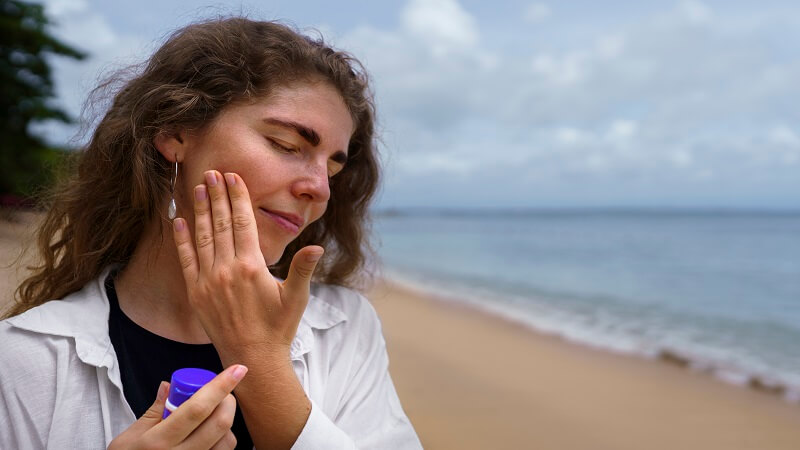Most people relate sunscreen with going to the beach on a warm, sunny day or hosting a backyard barbeque in the middle of summer. But here’s the thing: protecting your skin from the sun isn’t just a seasonal activity, it’s a year-round commitment. So whether it’s a hot January or a cloudy June in Australia, your skin needs continuous care and protection against UV damage.
Let’s discuss why sunscreens, especially physical sunscreen, should be on your daily list regardless of the weather.
UV Rays Do Not Take a Break
It’s easy to assume that on a cooler or overcast day, the sun’s rays can’t do much damage. Unfortunately, that’s not true. In fact, up to 80% of UV rays can pass through cloud cover, so your skin will still be susceptible, no matter how grey the sky appears.
Australia’s high levels of UV radiation, thanks to its proximity to the equator and clear atmosphere, make year-round protection even more crucial.
Whether you’re walking the dog in winter or enjoying an outdoor café in autumn, UV exposure is unavoidable.
Cumulative Damage Adds Up
One major risk from not using sunscreen is the gradual build-up of UV damage accumulated over time. You may not feel the effects right away, but the more the UV rays beam onto your skin, the more it eventually causes pre-mature ageing, spots, and even skin cancer.
This is where physical sunscreen becomes your best ally. Unlike chemical options, which absorb UV rays, physical formulas sit on the skin’s surface, reflecting and deflecting harmful rays. It’s a very simple and effective way to minimise long-term damage.
Your Skin Needs Protection Indoors Too
Did you know that UVA rays can easily pass through glass? So even when working by a window or driving, your skin may have prolonged exposure to UVA. UVA rays are particularly insidious because they cause deeper damage, contributing to ageing and increasing the risk of skin cancer.
A lightweight, non-greasy physical sunscreen worn daily makes sure your skin is protected, even while indoors. Most contemporary formulas also come in as moisturiser so you don’t have to compromise on hydration.
Reef-Safe and Environmentally Friendly
Sunscreen isn’t just about protecting your skin, it’s about being kind to the planet too. Physical sunscreens, particularly those free from harmful chemicals like oxybenzone and octinoxate, are considered reef-safe. If you’re heading to the beach, this is a small but impactful way to help protect Australia’s precious marine ecosystems.
Making It a Daily Habit
Incorporating sunscreen into your routine doesn’t have to be a chore. Choose a product that suits your skin type and feels comfortable to wear. Apply it after your moisturiser and before makeup, and reapply every two hours if you’re outside for extended periods.
Remember, the sun doesn’t stop sometimes, but your protection can be even more relentless. Physical sunscreen is something that people use daily to nurture their skin for today, but it ensures its radiance and youthful glow for many years to come. So grab your favourite SPF and don’t let any seasons dictate your skincare plan. Your skin will thank you for it.
